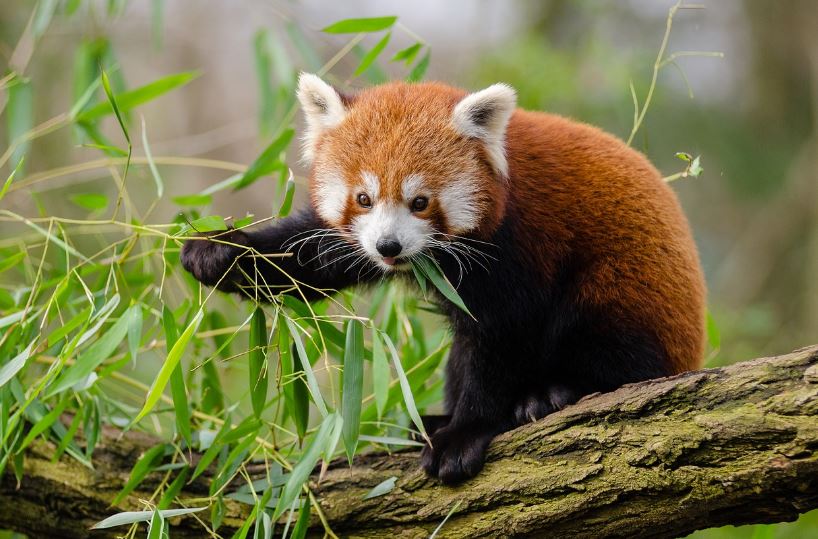Less than 10,000 red pandas are thought to exist in the world, according to estimates from the World Wildlife Fund. It is challenging to determine the precise population size, and some scientists speculate that there may only be 2,500 red pandas remaining.
The IUCF has classed red pandas as endangered. Their population has decreased by 40% in the last 20 years, and they still face serious challenges from poaching, deforestation, and climate change.
Threats
Numerous dangers exist for the survival of this endangered species. The loss of the animals’ habitat is one of the main problems. Red panda existence depends on certain trees, which are taken down for logging or to make way for agriculture in the woods. For their fur, which is used to create hats and capes, red pandas are also murdered. Additionally, they fall victim to traps meant for other animals.
Habitat loss is also a result of livestock grazing and the need for firewood. Climate change affects red pandas because they must relocate to higher altitudes due to rising temperatures, which also raises the possibility of forest fires.
Conservation
To rescue red pandas, several extensive worldwide measures have been put in place. They are protected as a species in China, India, Nepal, and Myanmar. These nations have declared their red panda habitats to be protected areas. Since the 1990s, China has significantly increased its conservation efforts and has been successful in rehabilitating a large portion of the bamboo forests that are home to red pandas.
In order to lessen the risks posed by grazing cattle, conservation organizations also collaborate with nearby communities to create makeshift techniques for caring for animals. Additionally, efforts are undertaken to encourage a more sustainable way of living that would lessen the likelihood of forest fires and lessen the reliance of the community on firewood.
Info about red pandas
The red panda, which is about the size of a big house cat, is visually distinctive with its round, white face, short nose, and pointed ears. Their primary habitat is trees, and the most of them may be found in Nepal’s high alpine forests. In addition, there are red pandas in Bhutan, Burma, India, and some regions of China. They are two separate species, although sharing a similar food and an additional digit (a pseudothumb) with giant pandas. Red pandas are categorized as carnivores, however ninety-five percent of their food is bamboo. The majority of the animals’ time was spent in the trees, where they fed on the fragile shoots and tips of the bamboo leaves. Along with the above, red pandas also consume fruits, grass, and roots.
Being nocturnal, solitary creatures, red pandas are most active at dawn and during the duck season. Due to its low nutritional content, bamboo species can go dormant in the winter and only wake up for a few hours to seek for food, saving them energy.
Read Also:
Al Mahmud is a breaking-news reporter in The Maryland Post’s USA, covering news as it unfolds in the United States and around the globe during overnight and early morning hours in Maryland. He is a graduate of the School of Social Science, Dhaka International University, with a degree in Sociology.
